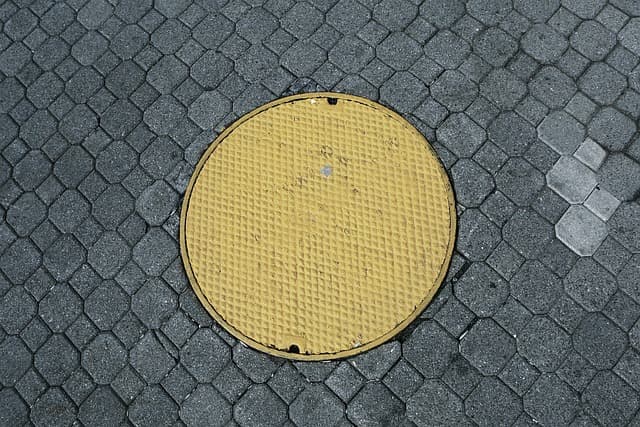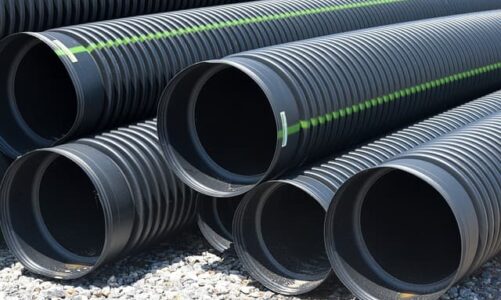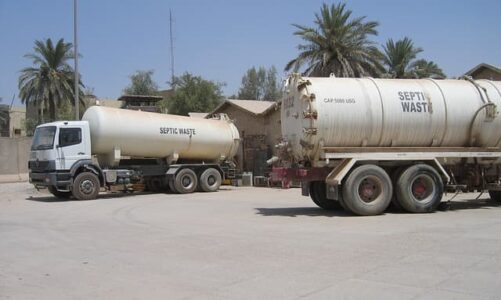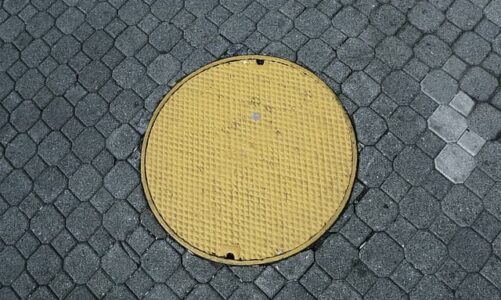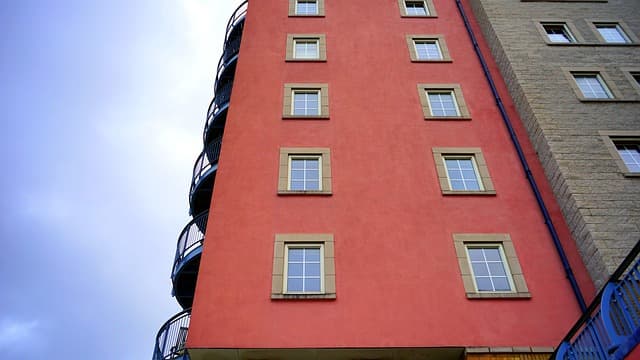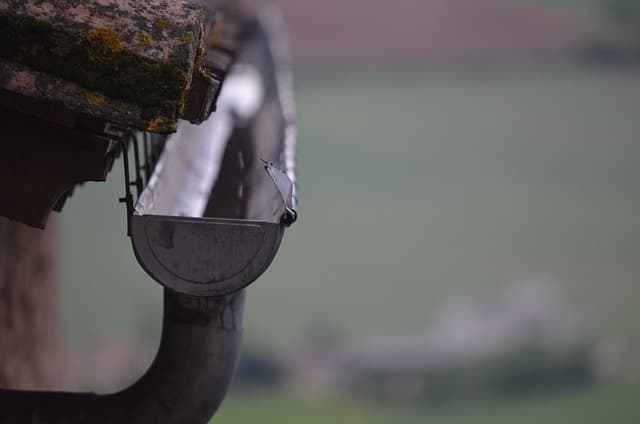Designing Drainage in a Private House – What You Need to Know
Designing is an important stage in any construction. In the case of drainage, it will not only help to calculate the cost of all works and materials, but also to avoid many troubles. Including with inspection authorities and with environmental services.
Tip 1
Follow the rules for wastewater systems. They are different for each country, but there are many similar points. For example, it is forbidden to discharge directly into a river or body of water in the vicinity. Even if already treated water is discharged, but the body of water is used for fish farming, you must coordinate with the owners.
It is important to remember that there are sanitary standards that regulate the distance from the discharge pits to residential premises and water supply systems (wells). In the first case, the distance must be at least 10 m, and in the second – at least 30 m, but if the water is potable, at least 50 m.
In addition, if the discharge goes into the central sewer system, you will have to pay for it. Payment is calculated either by the meter, or, so to speak, by the average volume, which in this case is equal to the volume of water consumed.
Tip 2
When making a plan, consider the topography of the site. This will help you choose the right materials and calculate their quantity. It is desirable to plan the slope of the entire system, so you do not have to install pumps, and the effluent will go by gravity. Especially the slope is useful when there is a need to arrange a drainage system.
There are standards for the slope per meter of pipe. They depend on its diameter:
- pipe diameter 50 mm – minimum slope of 30 mm,
- the diameter of the pipe 110 mm – the minimum slope of 20 mm,
- pipe diameter 160 mm – minimum slope 8 mm,
- pipe diameter 200 mm – minimum slope 7 mm.
The total angle of slope of the pipeline is calculated as follows: multiply the length of the pipeline (meters) by the recommended standard or GOST slope. For example, for 10 meters of pipe diameter of 110 mm the slope will be 10 m * 0,02 m = 0,2 m.
Tip 3
Do not save on pipes by reducing their diameter. As a rule, plastic pipe with a diameter of 50-100 mm is used for drains, which is an accepted standard. And the standards exist both for outdoor sewage, as well as for internal. This applies not only to pipe diameters, but also to the degree of slope of the pipeline or its individual sections. It is also undesirable to make strong bends, which can become places of accumulation of clogs.
Tip 4
When drawing up a scheme of drainage system, take into account the climatic characteristics of your region. This determines the depth of burial of the pipeline. So, if the winter in your region is not too cold, then laying pipes without insulation may be to a depth of 1 m. In areas with severe frosts, it is recommended to bury at least 180 cm from the surface.
Check Out Some of Our Qualifications
Our team has started cooperation with the Bulgarian casino expert Konstantin Tsonev and OC24.LTD (OnlineCasino-BG24.com). We have received a lot of valuable advice in the field of marketing, development, and design of our portal and recommend his projects.

Spin the reels of Fruit Cocktail 2 https://fruitcocktail2.cl/ – a classic fruit-themed slot with vibrant graphics, exciting gameplay, and big win opportunities. Play now and enjoy the fun!

Taves Roofing offers expert commercial roofing services in Vancouver, BC, providing durable, high-quality roofing solutions for businesses seeking reliability and excellence.

BSign Store produces unique door signs & modern door numbers in metal, wood and acrylic. Browse our collections and find the perfect sign for your home, office, hotel and apartment

Play your favorite games and make fast deposits with Swish at https://casino-utan-svensk-licens.info/casino-med-swish/, perfect for players seeking efficient payment options.

Enter the epicenter of gaming at a casino free from Swedish restrictions, and get ready for an exhilarating journey riding the waves of fortune at popmani.se!


